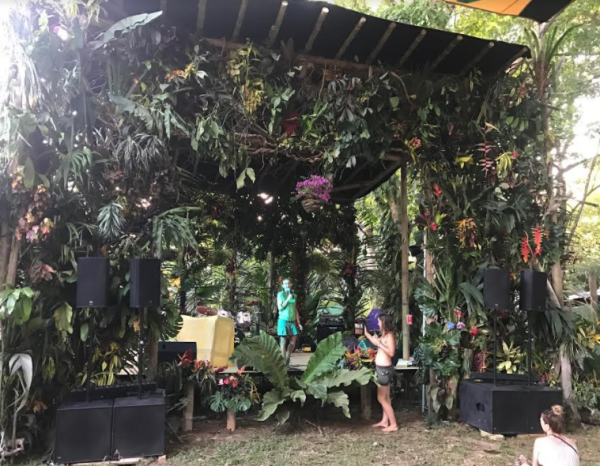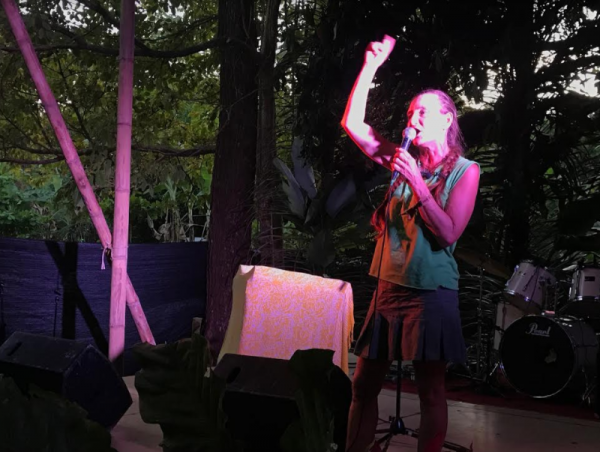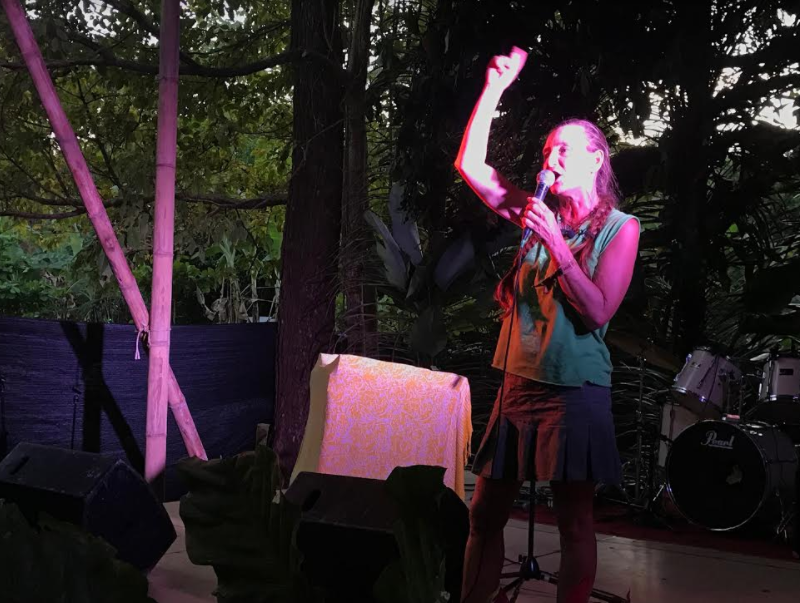 While there are a lot of moving parts to the global economy, I’d argue that there is one fundamental premise that will have, hand’s down, the greatest influence in determining the fate of humanity, and that is the time horizon of strategizing a particular activity—short term vs. long term thinking. Take any industry, whether it’s mining, forestry, water, energy, transportation or agriculture, if a company or a project takes a short term focus, the results will be dramatically different than a similar company or project with a longer term focus.
While there are a lot of moving parts to the global economy, I’d argue that there is one fundamental premise that will have, hand’s down, the greatest influence in determining the fate of humanity, and that is the time horizon of strategizing a particular activity—short term vs. long term thinking. Take any industry, whether it’s mining, forestry, water, energy, transportation or agriculture, if a company or a project takes a short term focus, the results will be dramatically different than a similar company or project with a longer term focus.
In the case of agricultural development throughout Latin America, this time horizon issue led to tremendous growth in short term economic terms. A prevalent practice has been clearcutting forestlands through slash and burn agriculture, turning forests into pasturelands for cattle and farms for annual commodity crops like GMO corn, sugar, and soy. The problem starts and ends with the soils, which are nutrient deficient, and once the shade cover and stabilizing structures (tree roots and leafy ground cover) are removed, winds and rain erode sediment causing the farmland to inevitably become more barren. Globally, 20% of all carbon emissions come from deforestation, and it represents a wonderful opportunity to make change.
For families owning farmlands throughout Latin America, the upfront payment offered for timber was simply too much to turn down, but the all-too-common story nowadays is that the lands have little economic value and are heavily reliant on chemical inputs to make plants grow. It’s a downward spiral and has led to economic ruin throughout rural areas in Latin America (Haiti’s poverty, for instance, is heavily tied to deforestation). Short term thinking produces this. What would long term thinking look like for families and farms throughout Latin America? That’s a question that Jennifer Smith addressed in a talk at the Envision Festival. Her organization, Community Carbon Trees (CCT) sells carbon offsets in the form of tree plantings to individuals and businesses, and uses the money to revitalize degraded farmlands. CCT works exclusively in Costa Rica to this point. According to Smith, work in the tropics is critical not just for local farmers, but also for the global carbon balance. “95% of all tree based carbon is sequestered by trees within 10 degrees of the equator. In 25 years, a tropical hardwood can sequester 1 ton of CO2,” she said.
CCT plants over 100 native species of tropical rainforest trees, including high economic value trees such as fruit and medicinal varieties. The trees are planted at the beginning of the rainy season (June) in Costa Rica, giving them months to establish deep root systems before facing the dry season. The trees are then maintained by CCT work crews for their first four years. Each property is different, as is each biologically diverse set of plantings done on each property, with CCT working with the family and the local ecosystem to maximize the new forest’s chances of survival, economic output, and carbon sequestration potential.

The economics of long term thinking speak for themselves. According to CCT’s website, “rainforest land converted to cattle operations yields the landowner $60 per acre and if timber is also harvested, the land is worth $400 per acre. However, if these renewable and sustainable resources (nuts, fruits, medicines and essential oils) are harvested, the land can yield the land owner $2400 per acre.” In addition, the longevity of this economic output can be perpetual—proper management should ensure that the forest continues to provide for generations to come.
CCT built its model to ensure that local people are involved throughout, including gaining economically from the first few years before the forests start to produce viable commercial products. Additional benefits became clear as soon as they started working. “When land is clearcut and burned for cattle, all the beneficial insects and birds leave,” she said, “wasps become prevalent, and the property becomes much hotter. After reforestation, you get birds and butterflies coming back, and the wasps start to disappear.”
You can donate to CCT and plant a tree that will fix 1 ton of carbon for just $25. While it’s more expensive than some carbon sequestration/tree planting programs, Smith suggests that it’s worth it to make sure that it’s done right. “If you ever buy carbon offsets, ask questions,” she says. For instance, she suggests people ask questions like, where will the trees be planted? Who gets paid for them? Are they biodiverse? Will they be part of a healthy ecosystem or will they be a monoculture?
Businesses can offset their emissions and give back with buying trees through this program. Smith cited a peanut butter brand in Costa Rica that plants one tree per month, saying, “No gift is too small…it all makes a difference, and for the donor, it’s all very fulfilling.”
To donate, simply visit CommunityCarbonTrees.org.
This talk was presented at the Envision Festival in beautiful Uvita, Costa Rica. See talks by Jon Perkins and Sandra Kwak as well.

